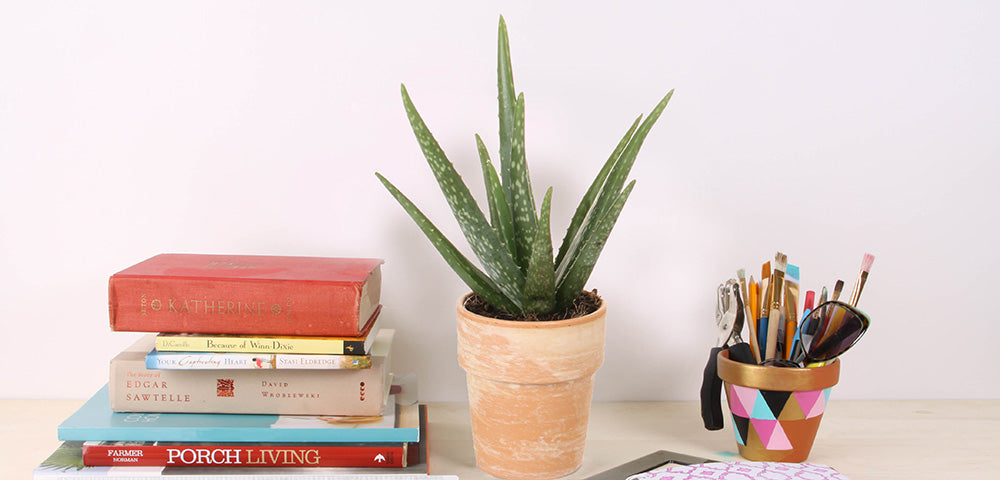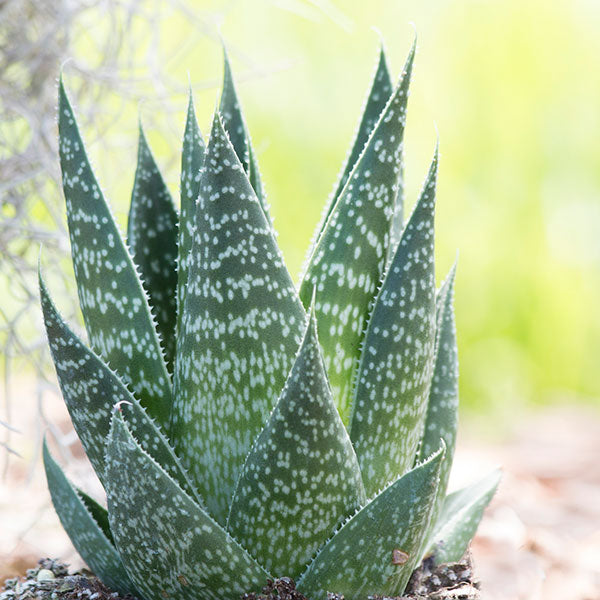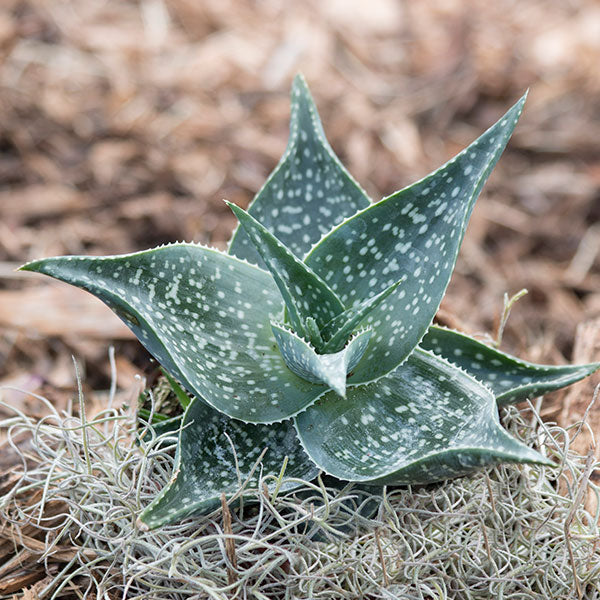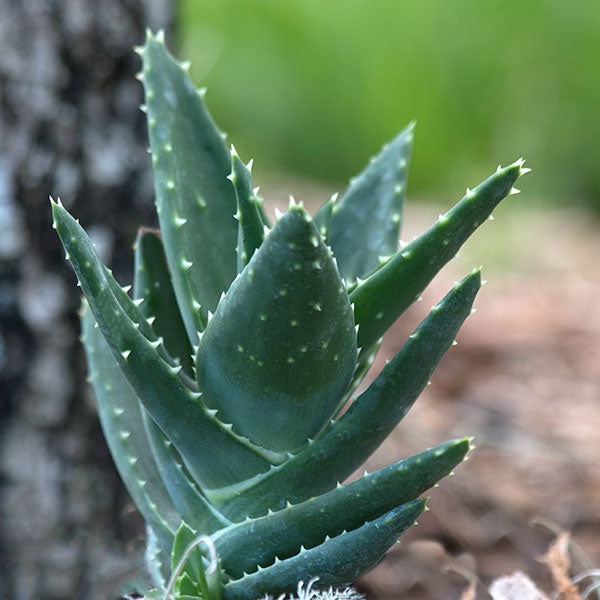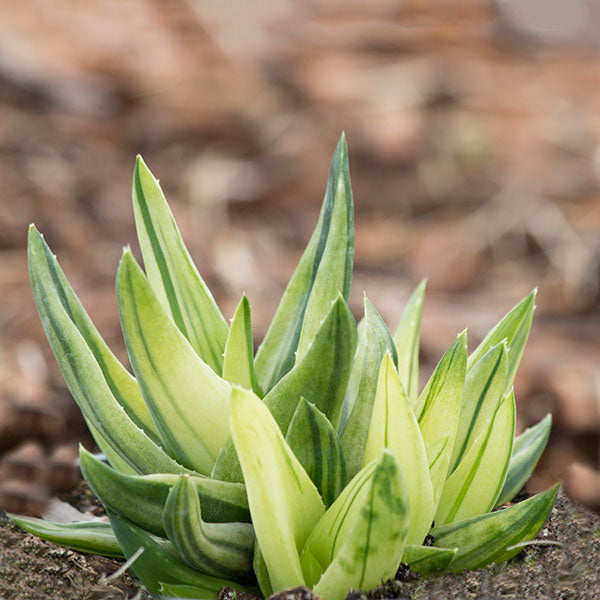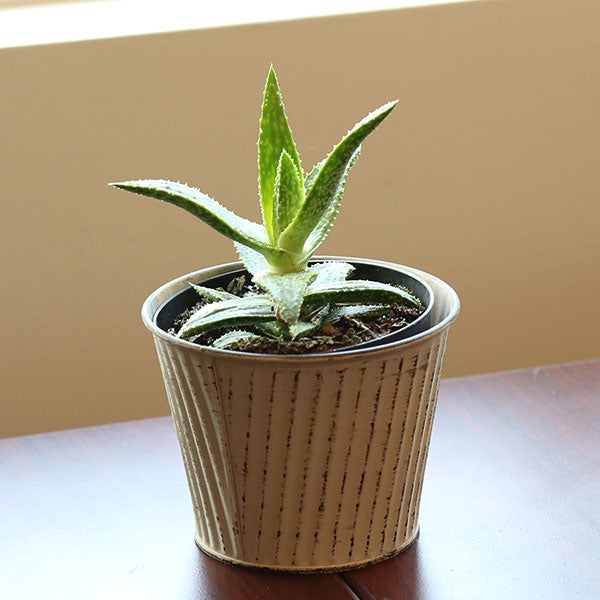Aloe (Aloe spp.)
Aloe Plant Features
Aloes are good indoor plants if you're busy and have a bright spot in your home. These houseplants have a bold texture that works particularly well with modern and contemporary decorating schemes, but they also fit in well if your tastes run more Mediterranean, eclectic, or exotic.While aloes are traditionally thought of for their foliage when grown as indoor plants, they can bloom with tall stems of brightly colored flowers if they get enough light.
Aloe vera is the most common type of aloe, but there are plenty of other varieties available. Many have variegated foliage, which adds to their visual appeal.
Aloe Questions?
Send us an email! Our experts are happy to help.
Buy Costa Farms Aloe Vera
 Buy it online and have it shipped fresh from our farm, direct to your door from our online plant shop. Or find it online or at your favorite local garden center from one of our our retailer partners.
Buy now
Buy it online and have it shipped fresh from our farm, direct to your door from our online plant shop. Or find it online or at your favorite local garden center from one of our our retailer partners.
Buy now
Aloe Growing Instructions
True succulents, aloes like to be kept dry -- they may only need watering once every couple of weeks or so, depending on conditions such as pot size, light, and temperature. Grow aloe in a bright spot for best results; the more light, the better these houseplants do.Fertilize aloe a few times a year in spring and summer to keep it happiest. You can use any general-purpose fertilizer labeled for use on houseplants. Follow the directions on the fertilizer packaging for recommendations on how much to use.
Aloes typically don't require pruning except to remove old leaves as they fade.
Note: Aloe is not intended for human or animal consumption.
-
Water
Low water needs
-
Light
Indoors: High light
Outside: Sun
-
Colors
Green
Variegated
-
Special Features
Super-easy to grow
Complement your Aloe
Desert RoseDress up aloe's foliage by pairing it with a flowering desert rose.
Succulents
Aloe naturally grows well with most other succulents. You can find varieties to accent aloe's texture or contrast it.
Agave
Agave and aloe look great together and love the same growing conditions. It's a perfect pairing.






